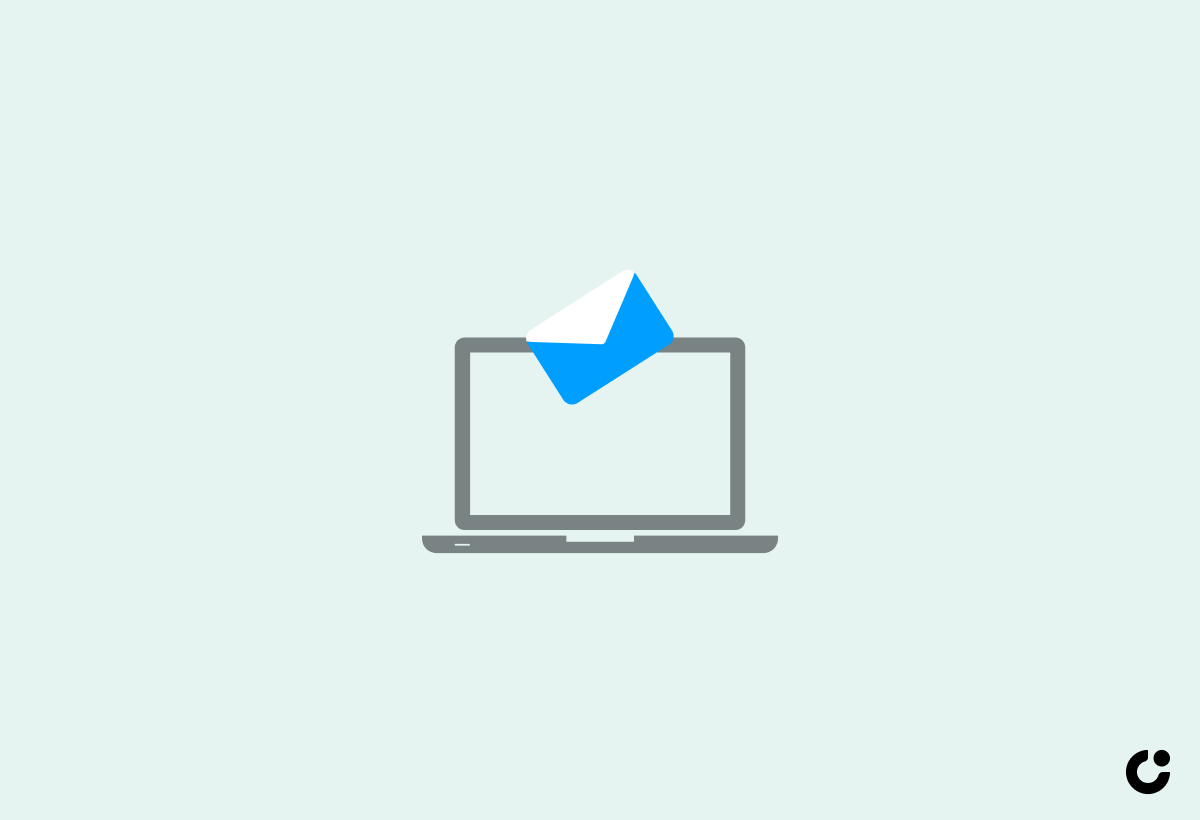Are you ready to unlock the power of cold email webinars for sales success? In today’s competitive business landscape, a well-executed cold email campaign can be a game-changer in engaging prospects and driving sales growth. In this blog post, we’ll guide you through maximizing webinar attendance, essential components of a successful cold email webinar, and turning attendees into sales prospects. Get ready to elevate your sales development game!
Key Takeaways
- Maximize webinar attendance & generate interest for successful sales with compelling cold emails and industry experts.
- Personalize follow-up strategies to maintain relationships, build trust & convert attendees into paying customers.
- Track success of your campaign to optimize strategies & maximize growth potential!
Maximizing Webinar Attendance with Cold Emails
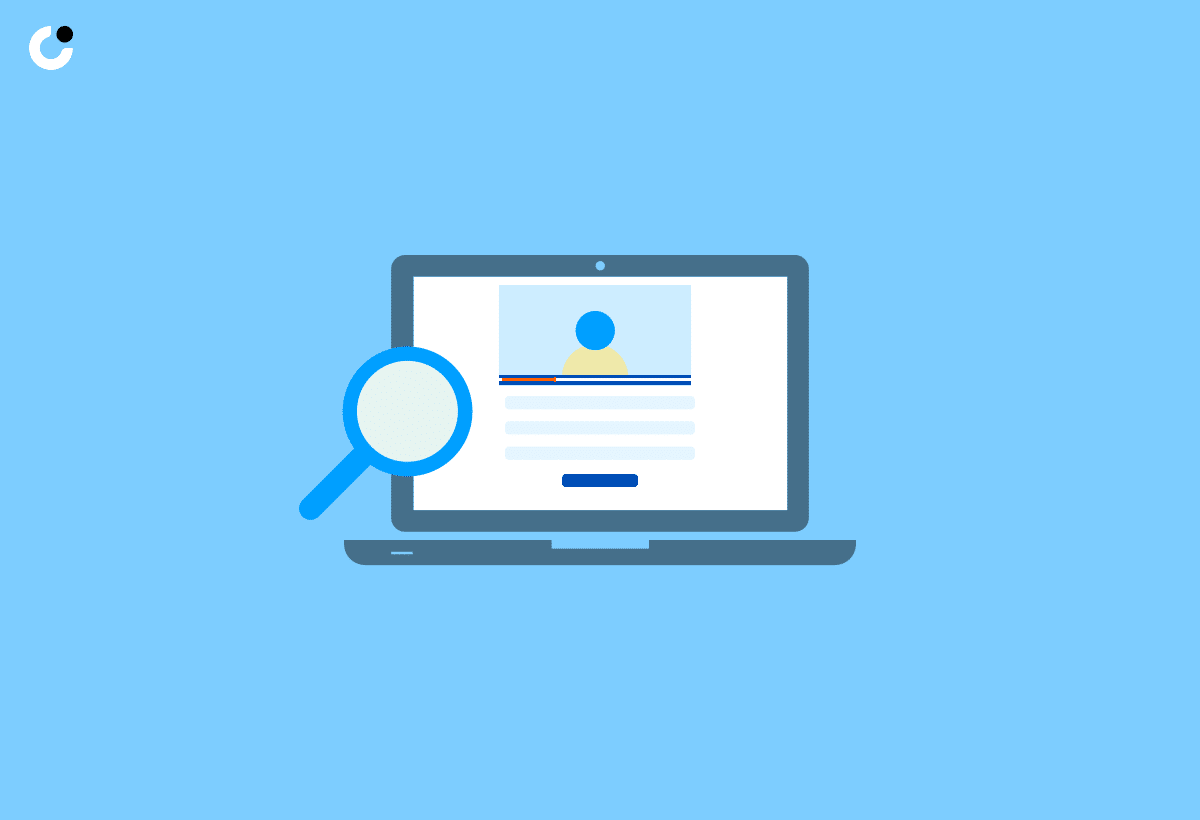
Cold emails are more than just a digital version of cold calling; they have the potential to engage prospects and drive them to attend your webinars, ultimately leading to sales success. But how can you maximize your webinar attendance through cold emails? The process of generating interest, sign-ups, and converting attendees into clients involves building a targeted email list, crafting compelling invitations, and implementing effective follow-up strategies.
To further boost your cold email outreach, consider inviting industry experts like Jan Van Musscher, the founder of ColdAgency, to share their practical tips and strategies during your webinar. This not only adds credibility to your event but also provides attendees with valuable insights that can help them expand their businesses. We will now detail how to maximize webinar attendance with cold emails.
Building a Targeted Email List
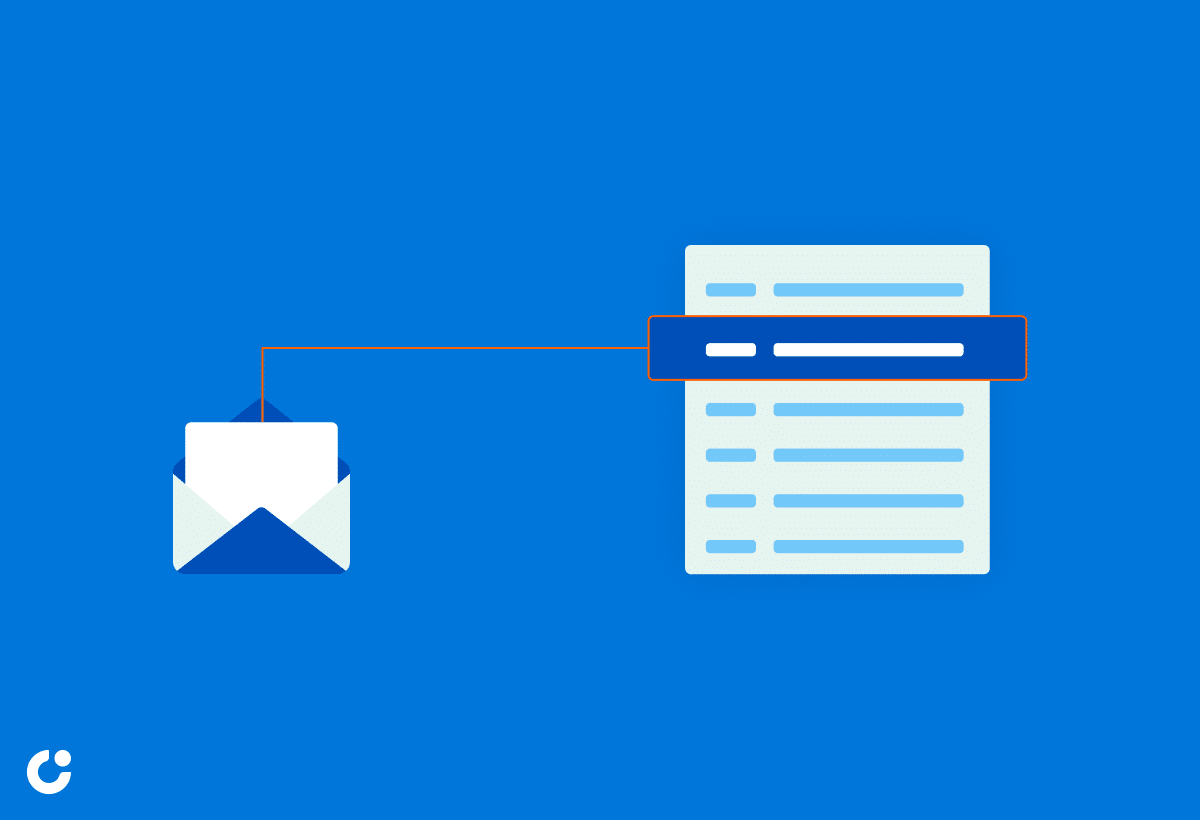
A targeted email list is vital for the success of your cold email campaign, as it ensures that your message reaches the right audience. Building a targeted email list can be achieved by engaging your existing clients through referral programs, loyalty programs, and personalized outreach. LinkedIn also serves as an effective tool for extending your reach and linking with potential leads interested in your webinar topic.
When constructing your tailored email list, consider factors such as your target market, size of the company, and your business objectives. Don’t forget to personalize your emails by addressing recipients by name and providing relevant content to make your emails stand out and resonate with your audience. A well-constructed targeted email list forms the backbone of a successful cold email campaign. Therefore, investing time and effort in its creation is imperative.
Crafting Compelling Cold Email Invitations
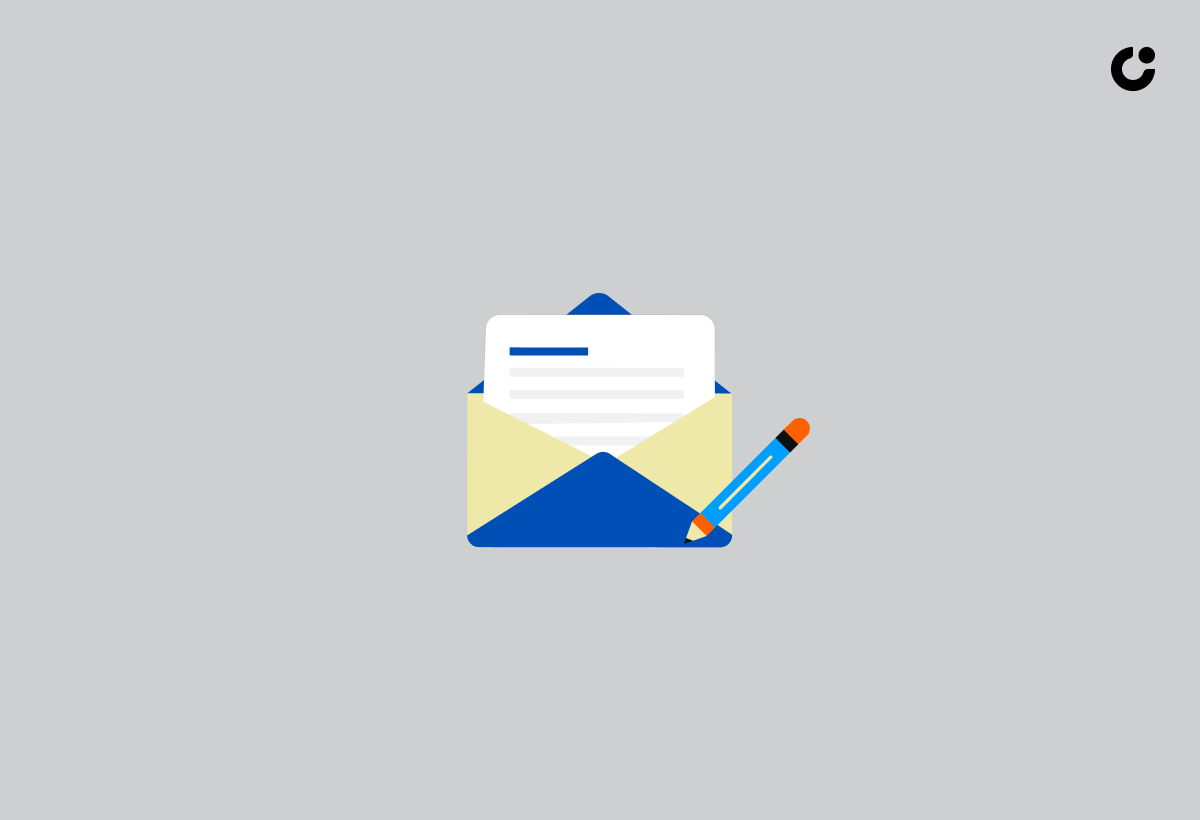
With a targeted email list in place, the next step involves crafting cold email invitations that stimulate interest and motivate recipients to attend your webinar. A professional yet engaging and personalized tone is key to capturing your audience’s attention. Personalization tactics, such as using recipients’ names and addressing their specific needs, can help boost response rates for your cold email invitations.
Keep your cold email invitations concise, usually between 3-5 sentences, to clearly communicate your message and spark interest. Keep in mind, your objective is to attract recipients to your webinar and share insightful knowledge. Make your invitation irresistible by showcasing the value proposition, customizing the email body, and including social proof or a personalized call-to-action.
Effective Follow-up and Reminders
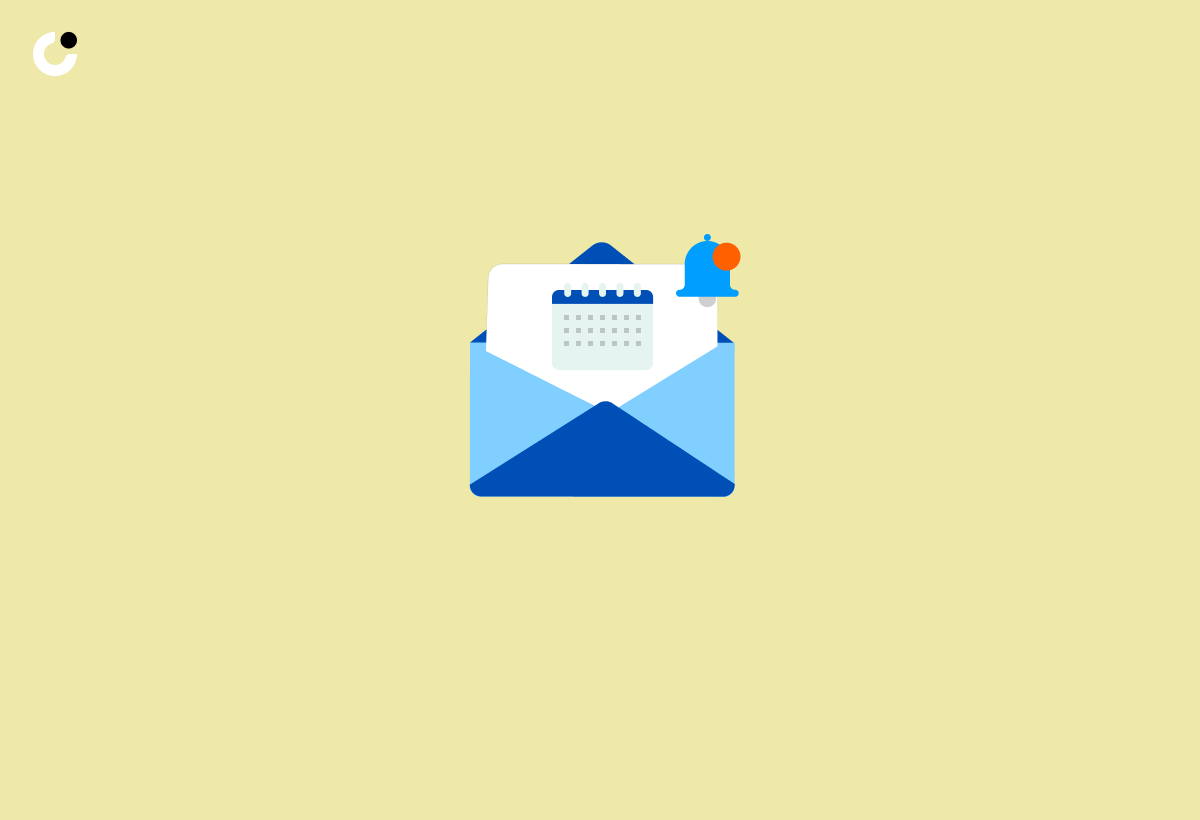
Sending follow-up and reminder emails promptly can significantly enhance webinar attendance and engagement. They serve as a gentle reminder and provide additional information or incentives to increase the chances of conversion. Plus, follow-up emails help maintain engagement and build trust with the recipients, ultimately leading to higher webinar attendance and potential sales opportunities.
Enhancing the effectiveness of your follow-up emails can be achieved by:
- Personalizing the content, including addressing attendees by name and mentioning specific webinar topics
- Providing additional value with exclusive content or resources
- Sending exclusive offers or incentives tailored to each recipient
This will not only boost engagement but also help in nurturing leads and converting them into sales prospects.
Essential Components of a Successful Cold Email Webinar
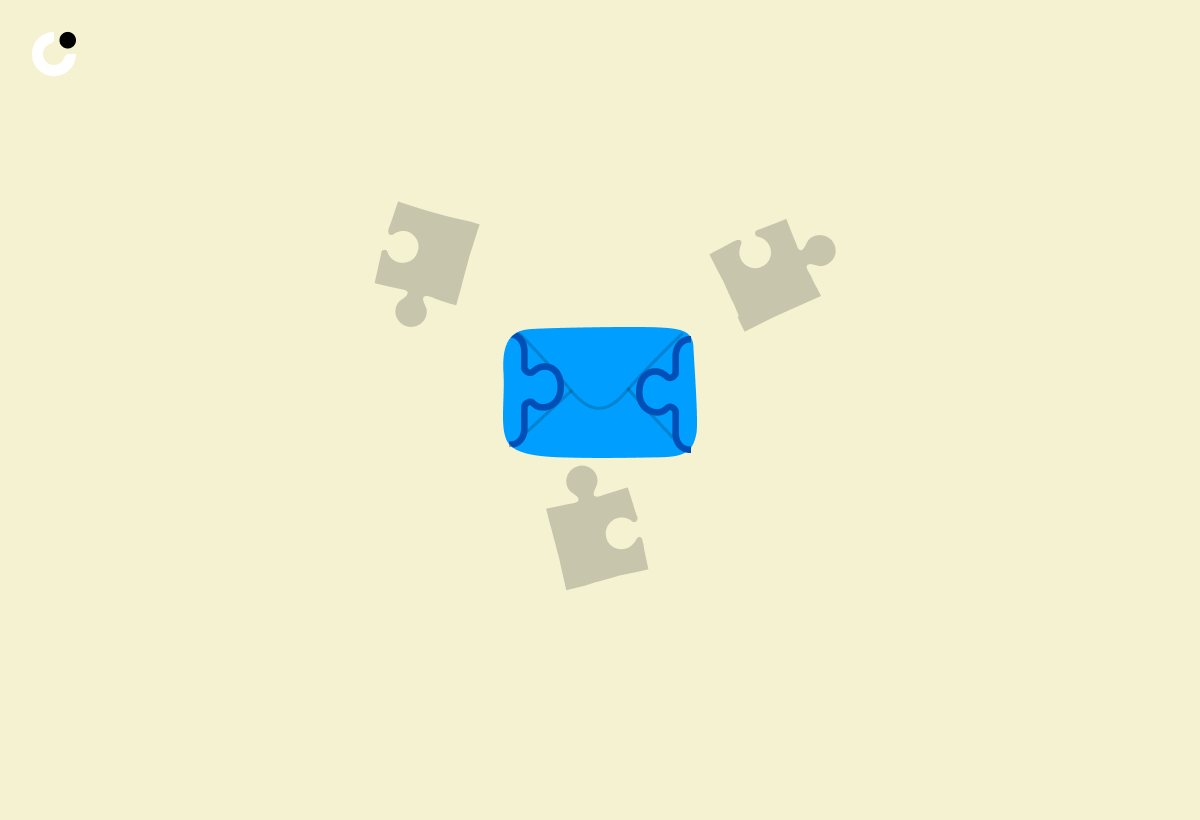
A successful cold email webinar hinges on three key components: content and structure, interactive Q&A sessions, and post-webinar engagement. Mastering these elements will enable you to deliver an engaging and valuable experience for your attendees. This can transform them into potential clients and propel your sales development.
We will examine each of these components in detail, with a focus on:
- Creating engaging content
- Fostering an interactive environment through Q&A sessions
- Maintaining interest while nurturing leads after the webinar concludes.
Content and Structure
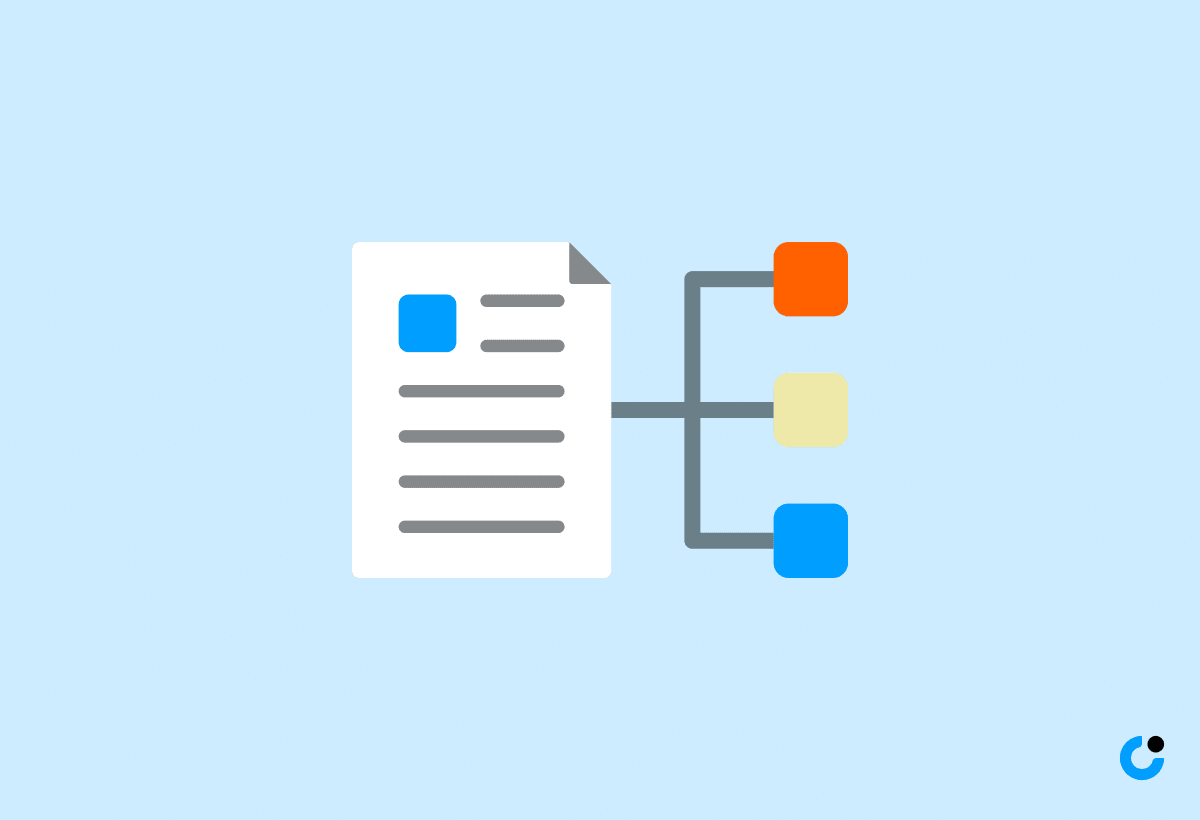
The foundation of any successful webinar lies in its content and structure. To create a captivating and engaging experience for your attendees, focus on crafting a catchy title, a clear introduction, and a well-structured outline. Ensure your content is informative and relevant to your audience, with a focused topic that addresses their specific needs and interests. Incorporating effective writing techniques can further enhance the overall impact of your webinar.
An ideal duration for each section of a webinar is between 60-90 minutes, striking the perfect balance between providing valuable information and maintaining engagement levels. By carefully planning and organizing your content, you’ll be able to keep attendees engaged and interested in your offer throughout the webinar.
Interactive Q&A Sessions
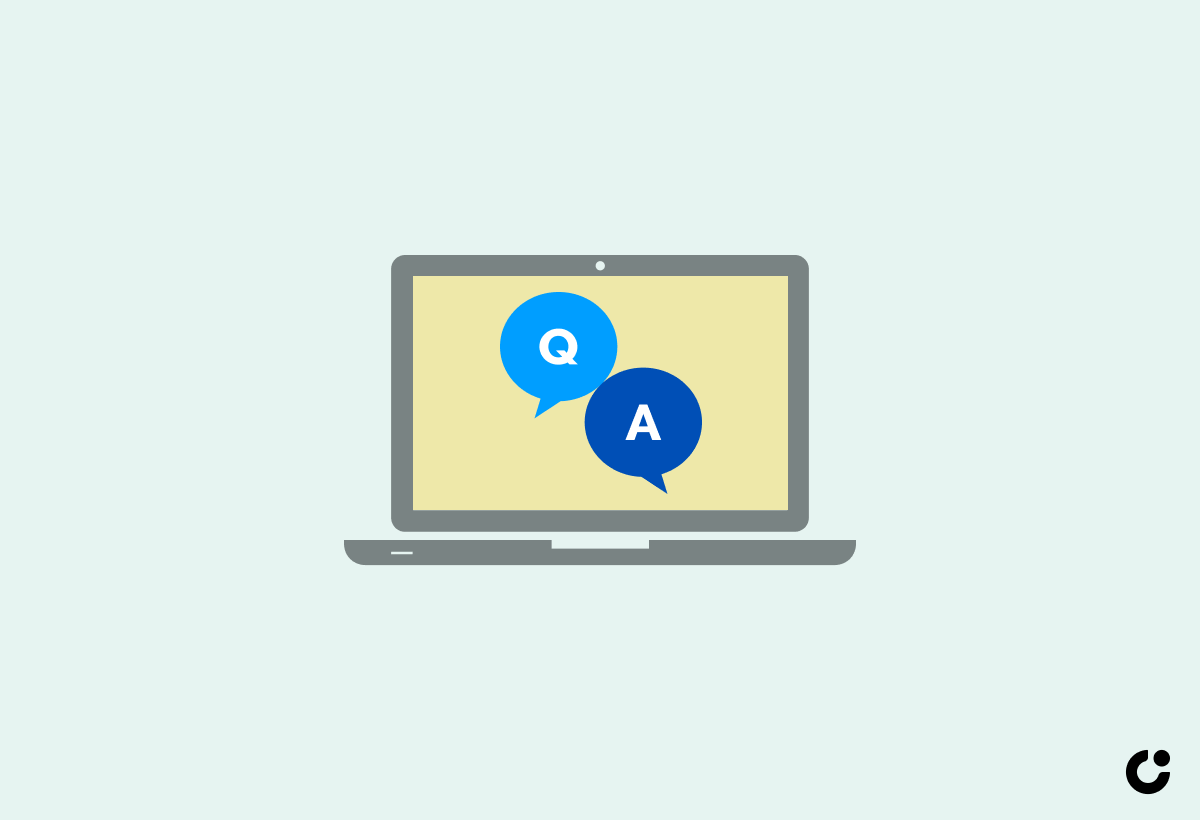
Interactive Q&A sessions serve as an effective method to address attendees’ concerns, showcase your expertise, and establish trust with potential clients. These sessions foster increased engagement and provide additional information about the topic or product. Additionally, the feedback and questions gathered during the Q&A sessions can be used to improve future webinars and tailor content to the audience’s needs.
Ensuring preparedness for Q&A sessions involves investing time in researching the topic, anticipating questions, and strategizing responses. This preparation will not only help you provide detailed and thoughtful answers but also showcase your authority in your niche, building trust with potential clients.
Post-Webinar Engagement
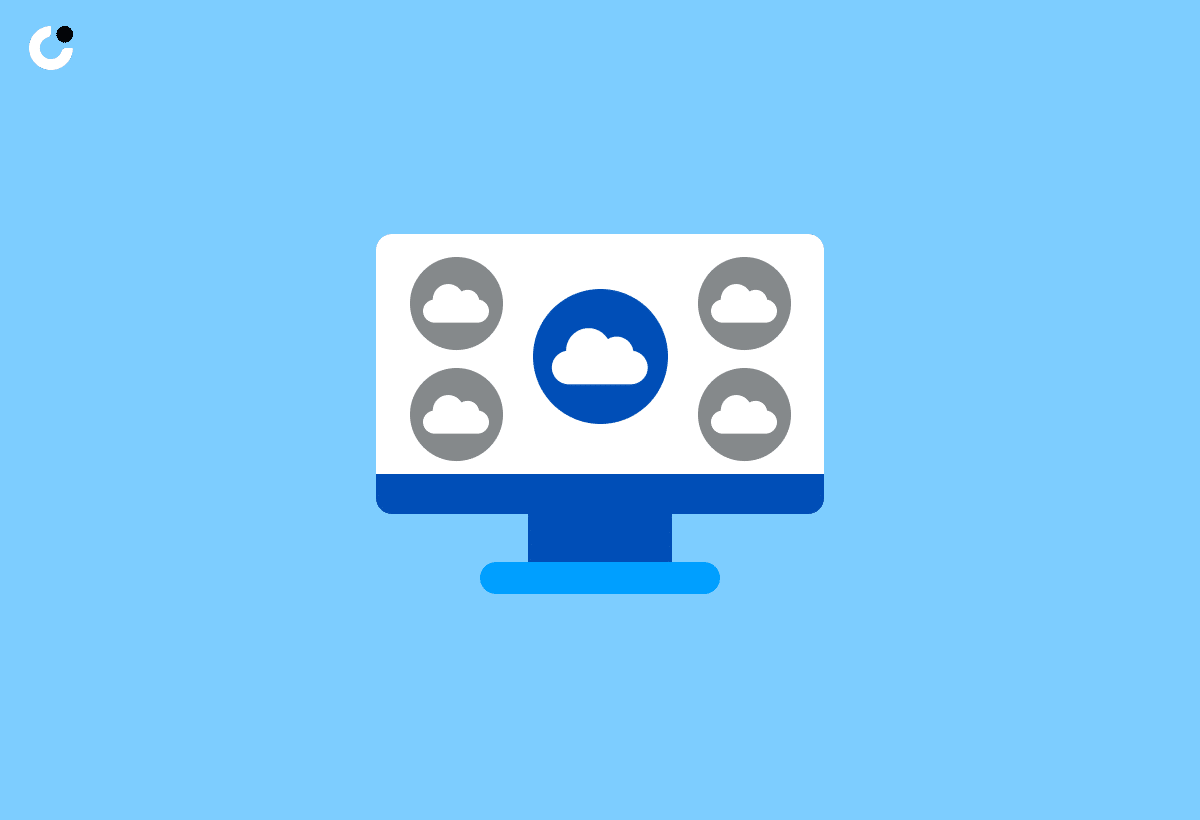
Maintaining interest and nurturing leads necessitates engagement after the webinar. Here are some ways to do that:
- Share the webinar recording with attendees and those who registered but couldn’t attend.
- Provide additional resources, such as slides, handouts, and guides, to further educate and engage your audience.
- Reach out to prospects who did not attend the webinar and offer them the recording and resources.
- Use the webinar content to create follow-up opportunities, such as blog posts, social media updates, or email campaigns.
By implementing these strategies, you can sustain interest and foster leads even after the webinar is over.
The success of post-webinar engagement lies in continuing to provide value and interacting with attendees after the event. Send personalized emails, schedule one-on-one meetings, and track and measure success to ensure a well-rounded post-webinar strategy that drives sales conversion and nurtures leads.
Turning Webinar Attendees into Sales Prospects

Having mastered cold email webinars, the next focus should be on converting attendees into sales prospects. By implementing personalized follow-up strategies, scheduling one-on-one meetings, and tracking success, you can nurture leads and drive sales conversion after your webinar.
The subsequent sections will cover:
- The creation of personalized follow-up strategies that resonate with your audience
- Scheduling of individual meetings to address specific needs and challenges
- Measurement of success to optimize future campaigns
Personalized Follow-up Strategies
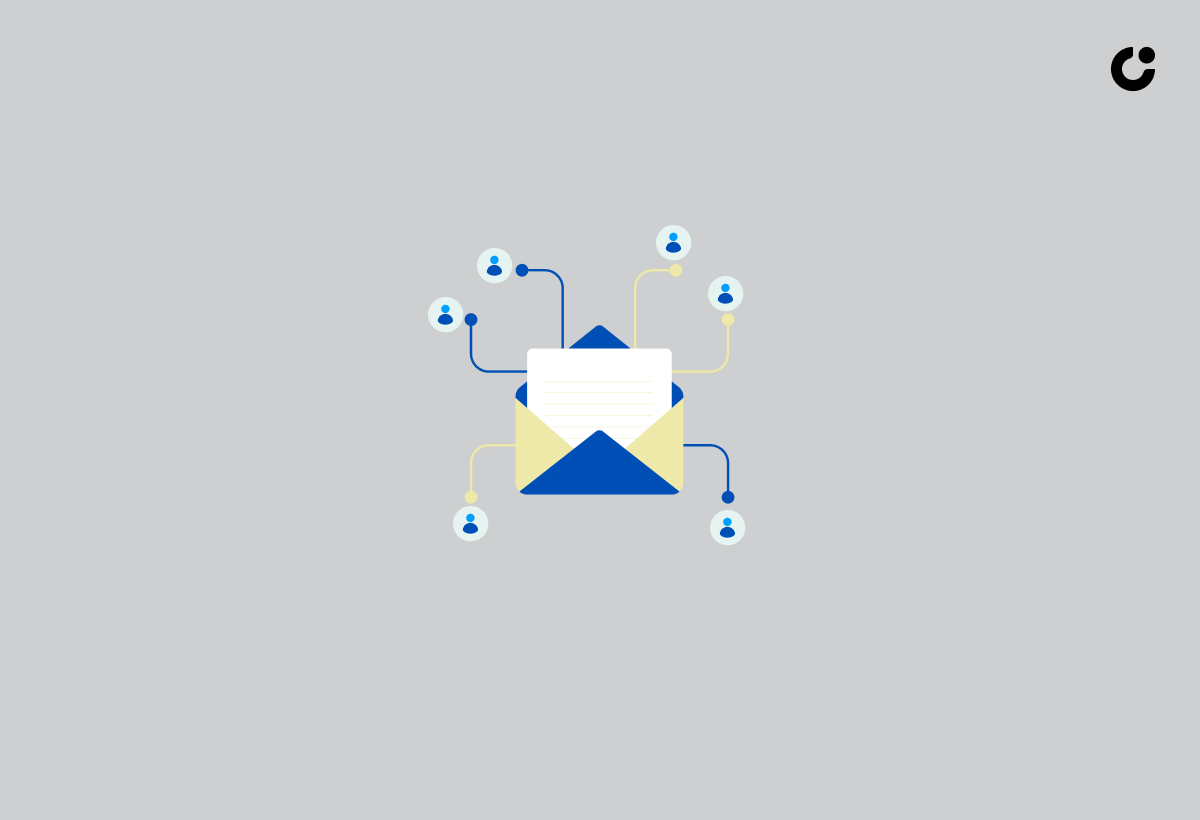
Employing personalized follow-up strategies aids in maintaining a connection with attendees and nurturing significant relationships. By segmenting your audience based on their interests and needs, and tailoring your follow-up messages accordingly, you can build a connection with the attendees and demonstrate that you understand their individual needs and interests.
Statistics show that personalization can improve click-through rates by an average of 14% and conversions by 10%. Personalizing communication with your audience can enhance the conversion rate and forge relationships with potential customers. Remember, the key to successful follow-up is to provide value and maintain engagement with attendees after the webinar.
Scheduling One-on-One Meetings

Setting up one-on-one meetings with interested attendees is a proven method to delve deeper into your offer and establish trust. These meetings provide an opportunity to address specific needs and challenges, offer personalized solutions, and answer any questions or concerns. By showing genuine interest in their success, you can build rapport with attendees and turn them into sales prospects.
To schedule one-on-one meetings efficiently, consider using tools like Clockwise, Calendly, or Google Calendar. These tools can help you streamline the scheduling process and ensure that you have ample time to engage with attendees and address their individual needs, ultimately leading to more meetings being scheduled with ease.
Tracking and Measuring Success
It’s necessary to track and measure the success of your cold email webinar campaign to optimize future efforts and ensure success. By monitoring metrics such as:
- Lead generation
- Number of registrations and attendees
- Drop-off rate
- Viewing time
- Attendee feedback
You can gain invaluable insights into the effectiveness of your webinar and make necessary adjustments by keeping a watch on its performance.
Tools like:
can help you conveniently track and analyze webinar metrics. Measuring the success of your cold email webinar campaign enables the refinement of strategies and continued sales growth via this potent marketing tool.
Summary
In conclusion, cold email webinars are a powerful tool for driving sales success. By maximizing attendance through targeted email lists, crafting compelling invitations, and implementing effective follow-up strategies, you can engage prospects and drive sales growth. Mastering the essential components of a cold email webinar, such as content and structure, interactive Q&A sessions, and post-webinar engagement, will help you create valuable experiences for your attendees. Finally, turning attendees into sales prospects through personalized follow-up strategies, one-on-one meetings, and tracking success will ensure that your cold email webinar campaign delivers results. It’s time to unlock the power of cold email webinars and drive your sales success to new heights!
Frequently Asked Questions
What are some effective ways to build a targeted email list for cold email campaigns?
Grow your list by leveraging existing clients, using LinkedIn to make valuable connections, and hiring freelancers to expand your reach - these are all great ways to build a targeted email list for cold email campaigns.
How long should a cold email invitation for a webinar be?
A cold email invitation for a webinar should be 3-5 sentences long, motivating the reader and including a clear conclusion in the first sentence.
What is the ideal duration for each section of a webinar?
For maximum impact, each section of a webinar should be ideally structured to last between 60-90 minutes.
How can interactive Q&A sessions benefit webinar attendees?
Interactive Q&A sessions can help create a more personal connection and increase engagement between webinar attendees and presenters, allowing them to ask questions and gain more insight into the topic.
What metrics should I track and measure to assess the success of my cold email webinar campaign?
Track lead generation, registrations, attendees, drop-off rate, viewing time, and attendee feedback to measure the success of your cold email webinar campaign.

